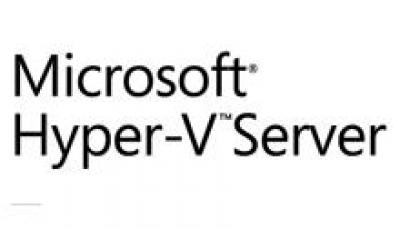Microsoft SC VMM 2008 Review – A Boost For Hyper V

Microsoft SC VMM 2008 adds the ability to migrate virtual machines. Cameron Sturdevant thinks it could be a step forward for Hyper-V virtualisation
Hot on the heels of the release of Windows Server 2008 R2 is System Center Virtual Machine Manager 2008 R2, an essential management companion for the Hyper-V component of Microsoft’s server platform.
Any organisation that goes beyond dabbling with Hyper-V should use System Center Virtual Machine Manager 2008 R2, or SC VMM, to manage virtual resources in Microsoft’s revamped Hyper-V – including Hyper-V’s new ability to move running virtual machines from one physical host to another.
SC VMM has also gained the ability to manage both Microsoft Hyper-V and VMware environments, a feature not found in VMware’s management tools. All told, the advances in SC VMM are significant but are not yet enough to dislodge frontrunner VMware from the leading position in server virtualisation.
Top new feature – migration
The most important new capability in Hyper-V is live migration. During tests conducted by eWEEK Labs’ Executive Editor Jason Brooks, running virtual machines could be “live migrated” with barely noticeable impact on application performance. During those tests, Microsoft’s Failover Cluster Manager was used to initiate the live migration.
Using SC VMM, I was similarly able to orchestrate the live migration of virtual machines. But SC VMM goes further and also centralizes myriad virtual machine management tasks such as VM creation and teardown, as well as physical-to-virtual and virtual-to-physical machine conversions.
SC VMM also provides basic up/down status reporting on VM state and barebones information about VM utilization. For greater depth on VM utilisation and reporting, SC VMM can be integrated with Microsoft’s System Center Operations Manager.
When I reviewed SC VMM 2008 in January, I noted that one of its most important features was cross-platform support for Hyper-V and VMware environments.
Since that time, VMware released the current virtualisation platform champion, vSphere 4. eWEEK Labs is running a vSphere 4 environment on a pair of Dell R710 servers, each equipped with 24GB of RAM. My tests showed that SC VMM was able to work just fine with vSphere 4, although Microsoft officially supports only VMware Infrastructure 3 environments at this time.